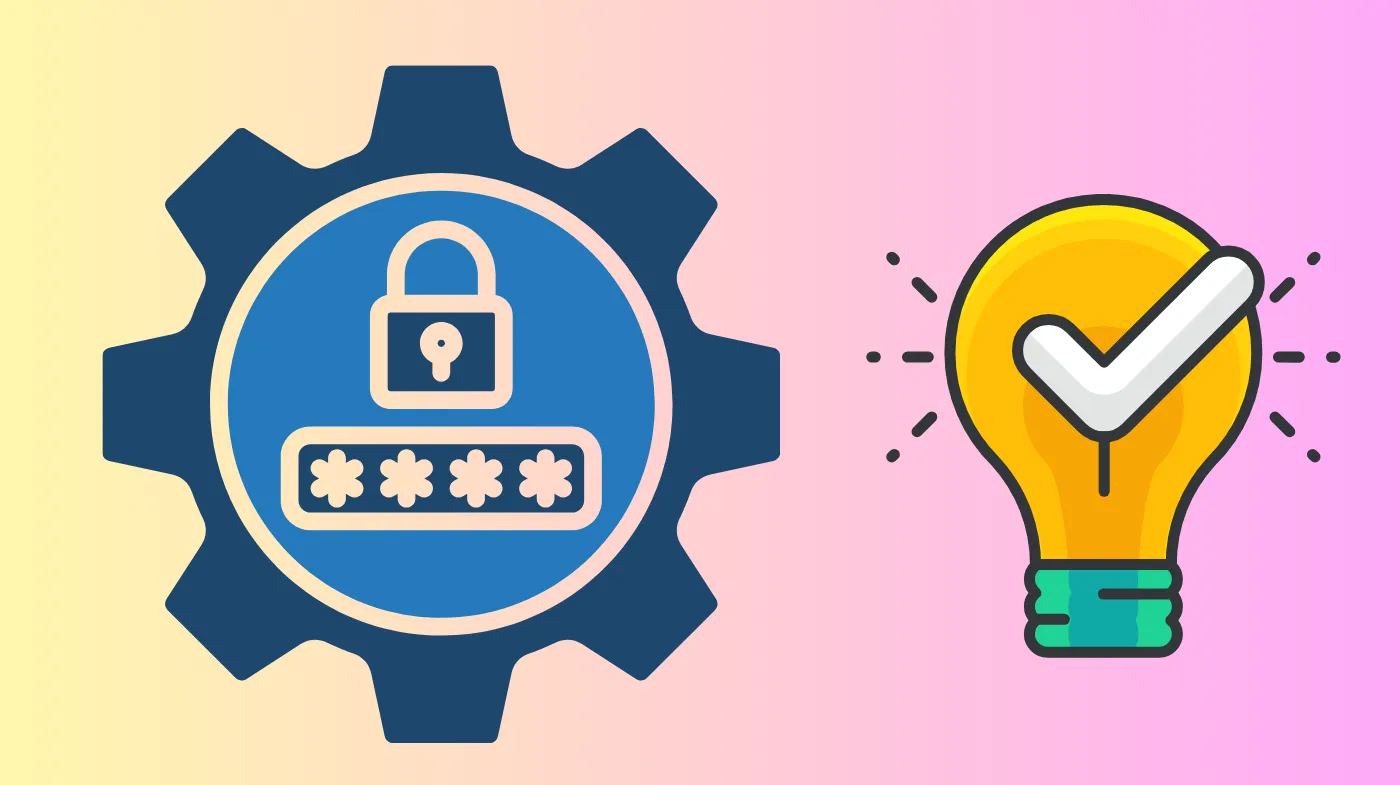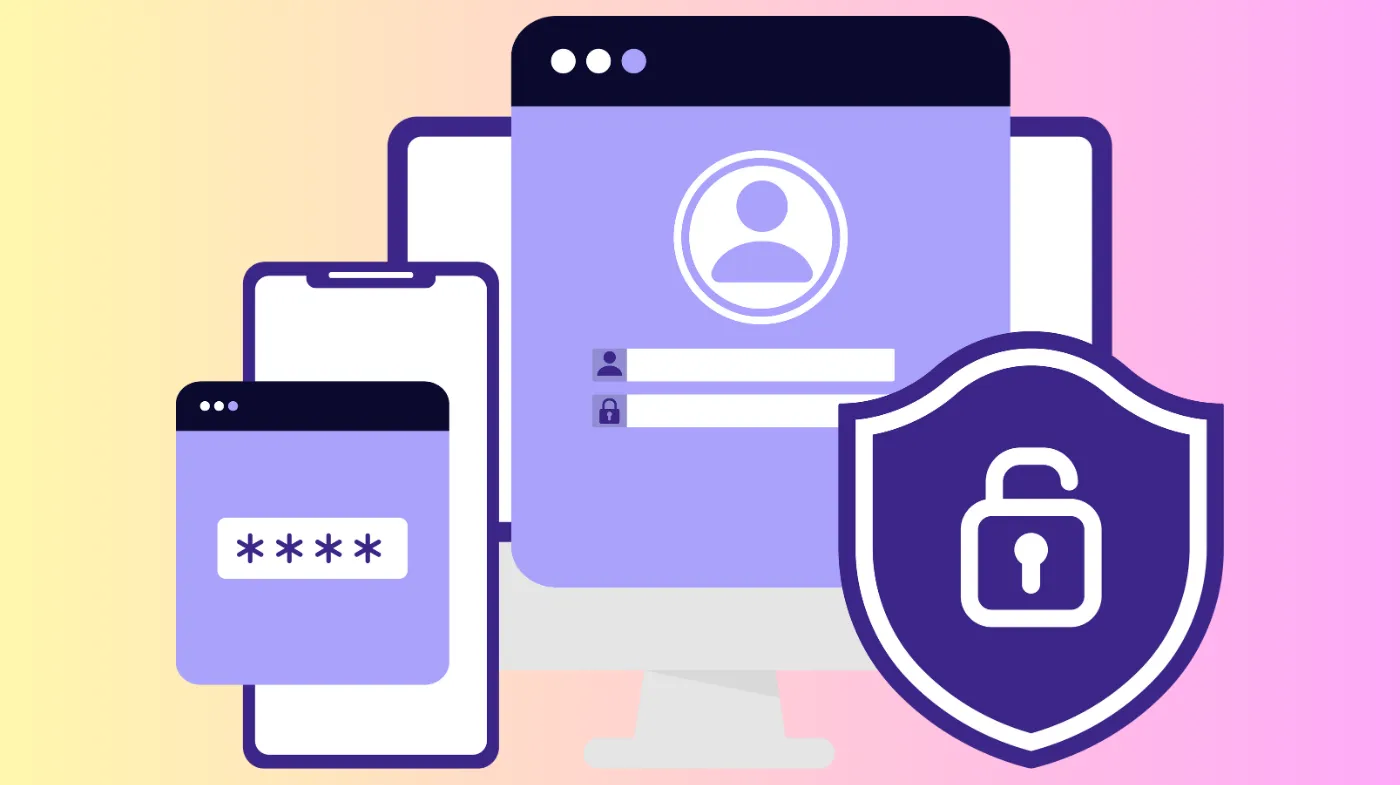
In today’s interconnected digital world, password security has become the first line of defense against cyber threats. With data breaches affecting millions of users annually and cybercriminals becoming increasingly sophisticated, implementing robust password management practices is no longer optional; it’s essential!
This comprehensive guide will walk you through proven strategies to fortify your digital identity. Whether you’re protecting personal accounts or managing organizational credentials, these expert-backed techniques will transform your approach to password security and significantly reduce your vulnerability to cyber attacks.
Understanding Password Security Fundamentals
Password security forms the cornerstone of digital protection, yet many users underestimate its critical importance. Weak passwords remain one of the most exploited vulnerabilities, with cybercriminals using sophisticated tools to crack millions of combinations per second.
Evolution of Password Threats
Modern cyber threats have evolved far beyond simple brute-force attacks. Today’s hackers employ advanced techniques, including credential stuffing, dictionary attacks, and social engineering, to compromise accounts.
Credential stuffing attacks use stolen username-password combinations from previous breaches to gain unauthorized access to multiple accounts. This technique succeeds because users frequently reuse passwords across different platforms, creating a domino effect of compromised accounts.
Why Are Traditional Password Rules Outdated?
The old paradigm of frequent password changes and complex character requirements has proven counterproductive. NIST guidelines now recommend longer passphrases over complicated short passwords, as length provides exponentially better protection than complexity alone.
Research shows that forcing users to change passwords every 30-60 days often leads to weaker passwords, as people simply increment numbers or make minor modifications. This approach creates a false sense of security while actually increasing vulnerability.
Psychology Behind Password Creation
Users typically create passwords based on personal information or memorable patterns, making them predictable and vulnerable. Understanding this psychological tendency is crucial for developing effective password strategies that balance security with usability.
Common mistakes include using birthdays, names, common words, or sequential patterns. These elements can be easily discovered through social media research or automated guessing tools, compromising even seemingly secure accounts.
Creating Unbreakable Passwords and Passphrases
Developing truly secure passwords requires moving beyond outdated conventions to embrace modern cryptographic principles. Strong passwords serve as the first barrier against unauthorized access, making their construction crucial for overall security posture.
Power of Length Over Complexity
Password length trumps complexity when it comes to security effectiveness. A 16-character passphrase using common words provides significantly more entropy than an 8-character password filled with special characters. This principle revolutionizes how we approach password creation.
Long passphrases like “coffee-mountain-library-sunset” offer superior protection because they exponentially increase the computational time required for successful attacks. Each additional character multiplies the possible combinations, making brute-force attacks impractical.
Passphrase Construction Techniques
Creating memorable yet secure passphrases involves combining random words with creative techniques. The diceware method uses dice rolls to select words from predetermined lists, ensuring true randomness while maintaining memorability.
Alternative approaches include using the first letters of sentences from favorite books or songs, combined with numbers and symbols. This technique creates seemingly random strings with personal meaning, making them easier to remember without sacrificing security.
Avoiding Predictable Patterns
Common password patterns make even complex-looking passwords vulnerable to sophisticated attacks. Avoid substituting letters with similar-looking numbers (like ”@” for “a” or “3” for “e”), as these substitutions are well-known to password-cracking software.
Similarly, adding numbers or special characters only at the beginning or end of passwords creates predictable patterns. True randomness in character placement significantly increases security effectiveness.
Testing Password Strength
Regular password strength evaluation helps identify vulnerabilities before they can be exploited. A strong password checker analyzes various factors, including length, character diversity, dictionary word usage, and common pattern recognition, to provide a comprehensive security assessment.
These tools simulate real-world attack scenarios, helping users understand whether their passwords would withstand modern cracking attempts. Regular testing ensures passwords maintain their effectiveness against evolving threat landscapes.
Implementing Professional Password Management Solutions

Password managers represent the gold standard for modern credential security, automating complex tasks while providing enterprise-grade protection. These sophisticated tools eliminate human error while implementing security best practices consistently across all accounts.
Centralized Password Storage Benefits
Secure password vaults provide encrypted storage for all credentials, eliminating the need for risky alternatives like browser storage or written records. Professional-grade encryption ensures that even if the vault is compromised, the stored passwords remain protected.
Centralization enables consistent policy enforcement across all accounts, ensuring that security standards are maintained uniformly. This approach eliminates weak links in your security chain while providing convenient access to all credentials.
Advanced Password Generation Features
Modern password managers include sophisticated, strong & random password generator capabilities that create cryptographically secure credentials tailored to specific requirements. These tools generate truly random passwords that resist all known attack methods.
Advanced features include customizable character sets, length requirements, and exclusion patterns for sites with specific password rules. Some managers even analyze password policies automatically, generating compliant credentials without user intervention.
Cross-Platform Synchronization
Professional password managers offer seamless synchronization across all devices and platforms, ensuring credential access wherever needed. Secure synchronization maintains encryption throughout the process, protecting credentials during transmission and storage.
This capability enables consistent security practices across desktop computers, mobile devices, and web browsers. Users can access secure passwords from any location while maintaining the highest security standards.
Integration with Security Ecosystems
Enterprise password managers integrate with existing security infrastructure, including single sign-on (SSO) systems, multi-factor authentication platforms, and identity governance solutions. These integrations create comprehensive security ecosystems that protect against sophisticated threats.
Advanced features include privileged access management, automated credential rotation, and detailed audit trails. These capabilities support compliance requirements while providing visibility into credential usage patterns.
Multi-Factor Authentication and Advanced Security Layers

Multi-factor authentication (MFA) adds crucial security layers beyond passwords alone, creating defense-in-depth strategies that protect against various attack vectors. This approach recognizes that passwords, regardless of strength, represent single points of failure.
Understanding Authentication Factors
Authentication security relies on three fundamental factors: something you know (passwords), something you have (tokens or devices), and something you are (biometrics). Combining multiple factors exponentially increases security by requiring attackers to compromise multiple independent systems.
Each factor type addresses different vulnerability categories. Knowledge factors protect against unauthorized access, possession factors prevent remote attacks, and inherent factors provide unique identification that cannot be easily replicated.
Hardware Token Implementation
Hardware security keys provide the highest level of MFA security by generating cryptographic proofs that cannot be intercepted or replicated. These devices use public-key cryptography to create unique authentication signatures for each login attempt.
Modern hardware tokens support multiple protocols including FIDO2/WebAuthn, ensuring compatibility with most major platforms. Their tamper-resistant design prevents credential extraction even if the device is compromised.
Biometric Authentication Methods
Biometric authentication leverages unique physical characteristics to provide inherent factor authentication. Modern implementations include fingerprint scanning, facial recognition, voice patterns, and even behavioral biometrics like typing patterns.
Advanced biometric systems use machine learning to adapt to natural changes in biometric patterns over time, maintaining accuracy while preventing spoofing attempts. These systems store mathematical representations rather than actual biometric data, protecting privacy.
App-Based Authentication Solutions
Authenticator applications generate time-based one-time passwords (TOTP) that provide convenient yet secure second-factor authentication. These apps work offline and don’t require cellular connectivity, making them reliable in various environments.
Popular solutions include Google Authenticator, Microsoft Authenticator, and Authy. Many offer additional features like encrypted backup, multi-device synchronization, and push notifications for streamlined authentication experiences.
Frequently Asked Questions
How Often Should I Change My Passwords?
Password rotation should be event-driven rather than calendar-based. Change passwords immediately after suspected breaches, when shared access was necessary, or if phishing attempts are detected. Forcing frequent changes without clear security justification often leads to weaker passwords and user fatigue.
Modern security experts recommend focusing on password uniqueness and strength rather than arbitrary rotation schedules. Strong, unique passwords combined with multi-factor authentication provide better protection than frequently changed weak passwords.
Are Password Managers Really Safe to Use?
Professional password managers use military-grade encryption and zero-knowledge architectures, making them significantly safer than alternative storage methods. Reputable providers undergo regular security audits and maintain transparent security practices to ensure user trust.
The risk of using a password manager is far lower than the risk of reusing weak passwords across multiple accounts. Even in the unlikely event of a password manager breach, properly encrypted vaults remain protected, while password reuse creates immediate vulnerability across all accounts.
Securing Your Digital Future: The Path Forward
Password management excellence requires commitment to proven practices, continuous learning, and adaptation to evolving threats. The strategies outlined in this guide provide comprehensive protection when implemented consistently and maintained over time.
Remember that security is a journey, not a destination. Regular assessment of your password practices, staying informed about emerging threats, and updating your security tools ensure continued protection in an ever-changing digital landscape.
By embracing these best practices today, you’re building a foundation for long-term digital security that will protect your valuable information and online identity for years to come.
